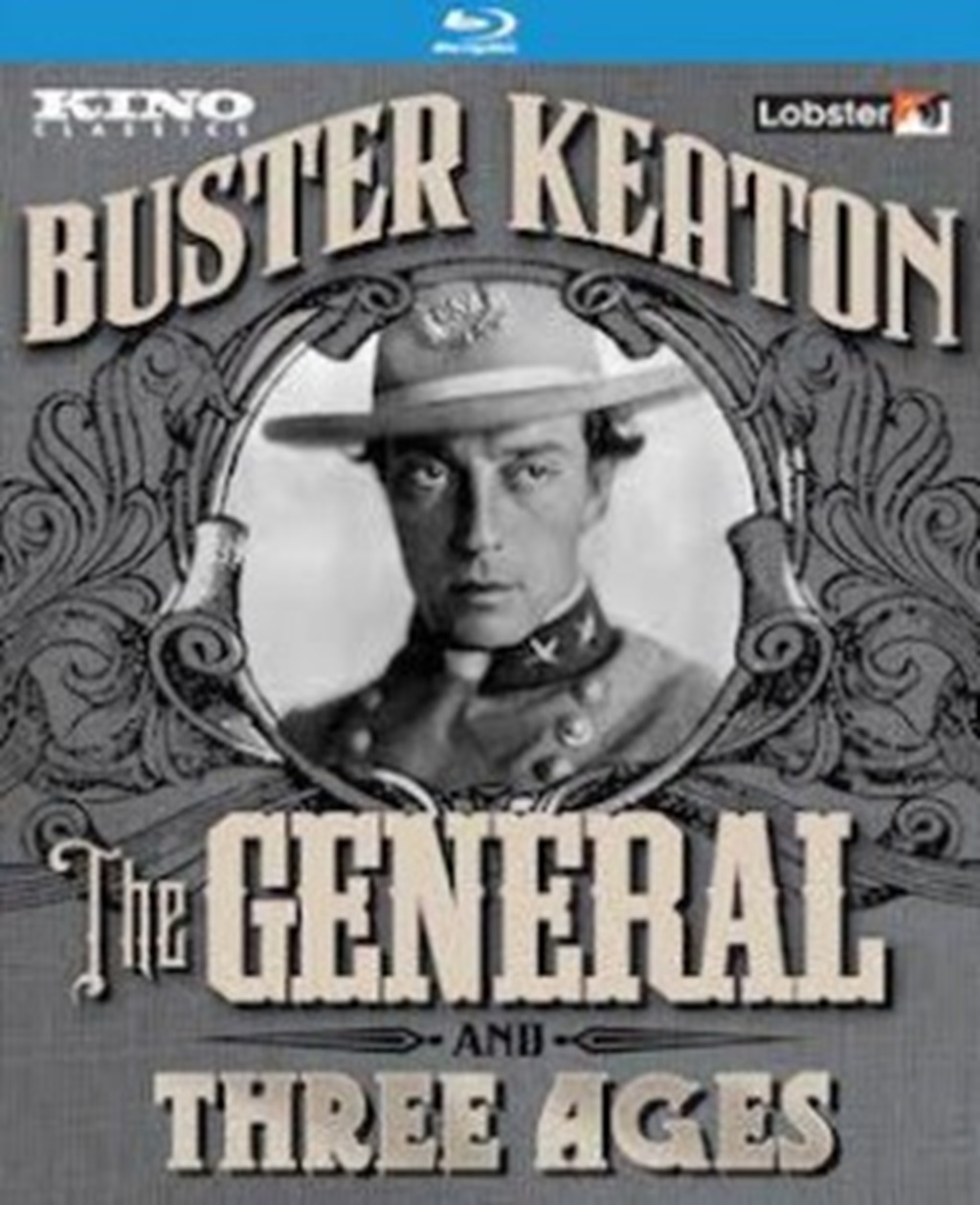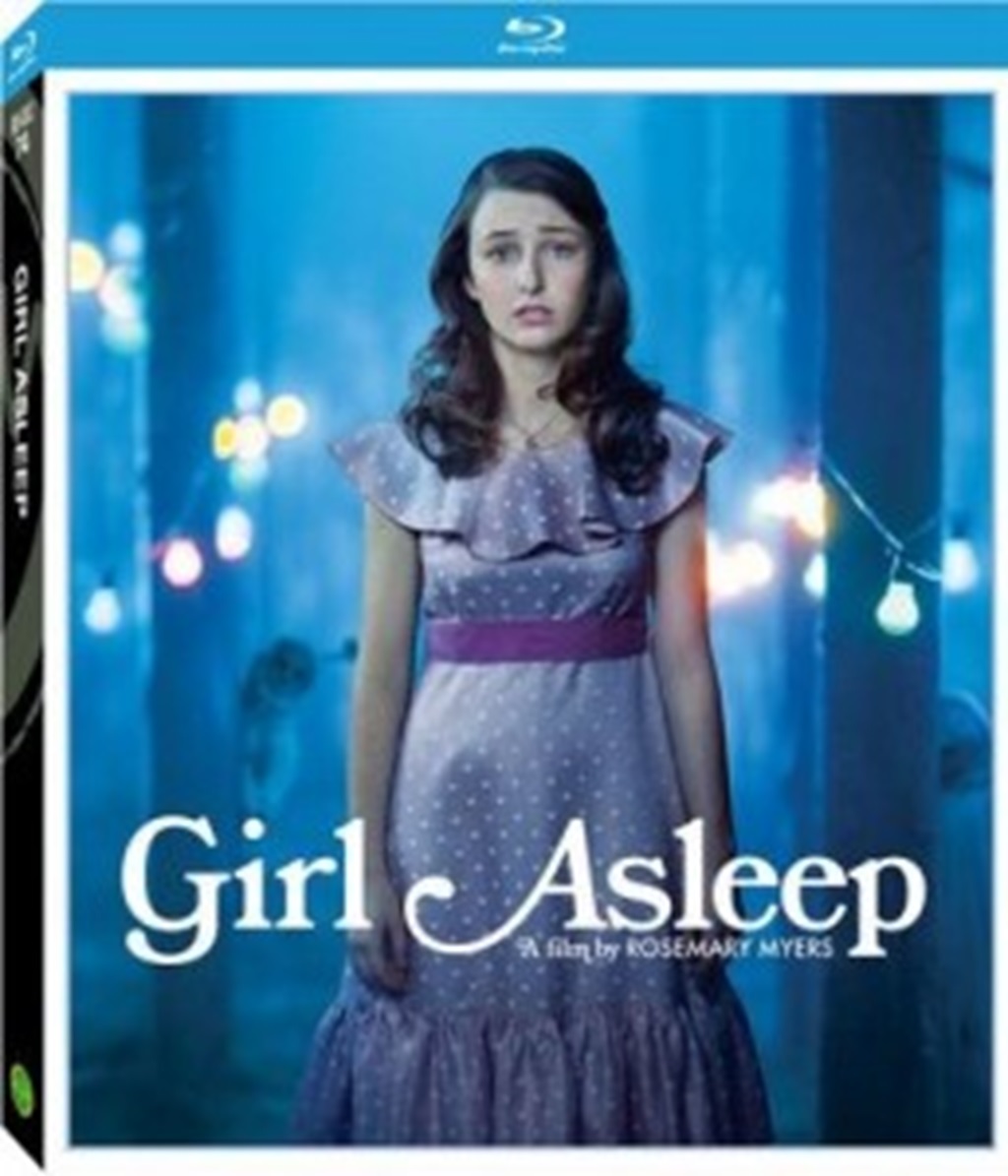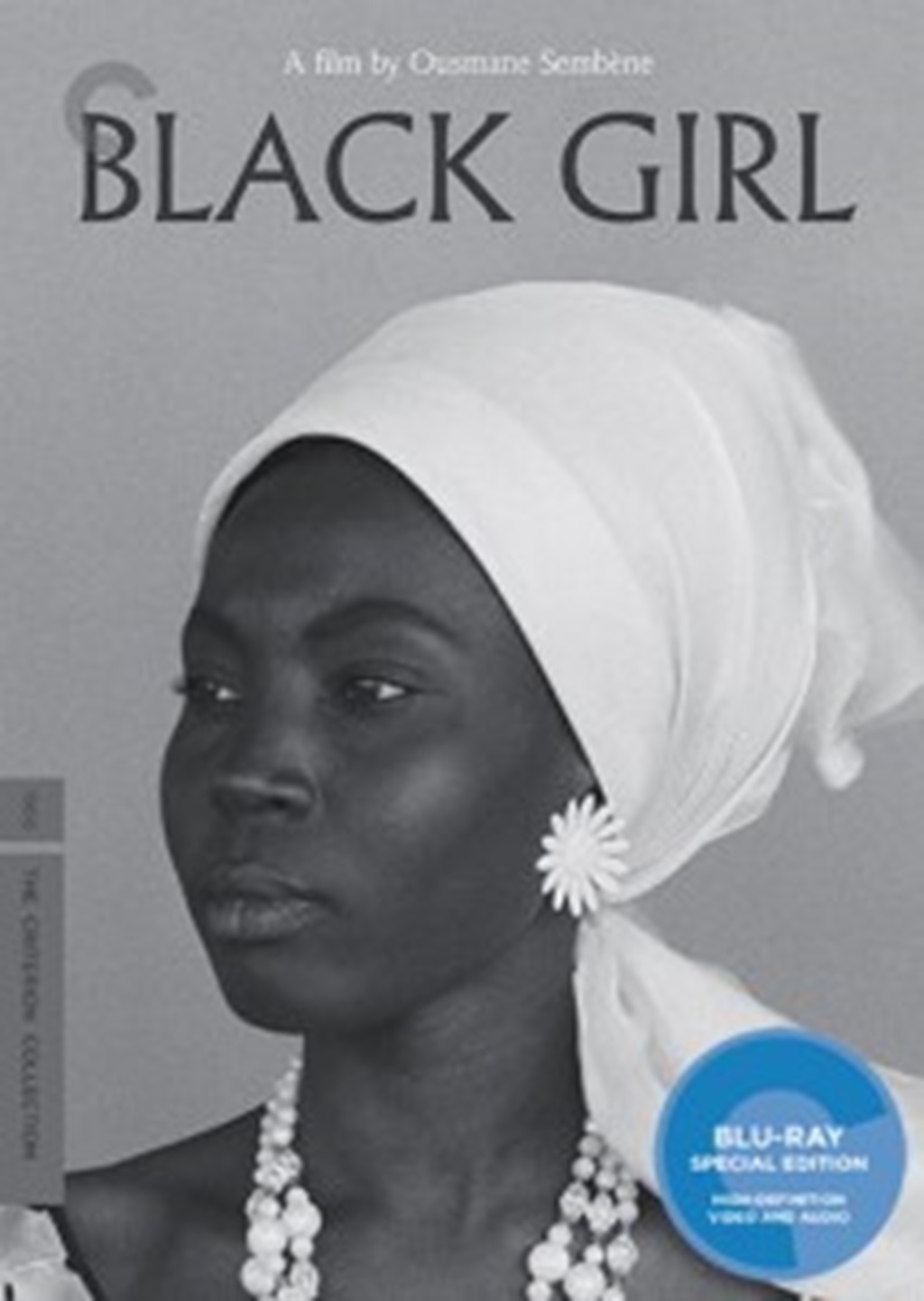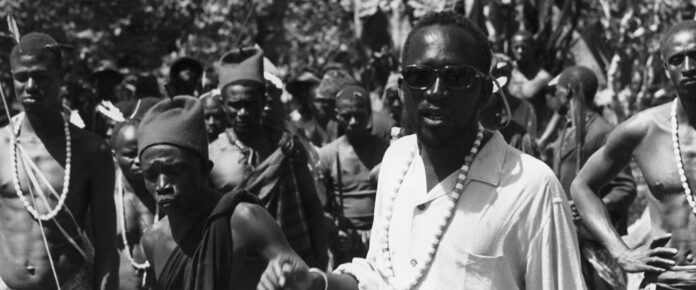Three creative directors have profoundly and individually impacted the filmmaking environment, leaving a lasting mark on the broad field of cinema. This article will cover the Blu-ray reviews of these directors’ movies.
It’s impressive how Rainer Werner Fassbinder was able to create such a diverse and thought-provoking collection of films in such a short period.
He wasn’t afraid to push boundaries and explore the darker side of human relationships. His work truly showcases the complexities of the human condition.
It’s interesting how Jess Franco created such a vast body of work in exploitation and erotic cinema.
His films are known for their provocative and audacious storytelling, and he was never afraid to explore taboo subjects.
With over 200 titles to his name, Franco’s filmography remains a testament to his unique style and unconventional approach to filmmaking.
It’s fascinating how Ousmane Sembène used his films to bring attention to the socio-political situation in post-colonial Africa.
He is often called the father of African cinema, and his work showcases a deep sense of cultural identity.
Sembène’s contributions to world cinema have been significant, and his films remain relevant to this day.
Together, Fassbinder, Franco, and Sembène have enriched the cinematic tapestry, leaving behind a legacy that continues to captivate and inspire audiences worldwide.
Also Read More: Who Is April Driver, Adam Driver Sister? Wikipedia And Age
Blu-Ray Review: Fox and His Friends (1975) Criterion Collection
Rainer Werner Fassbinder’s “Fox and His Friends,” crafted during the midpoint of his remarkably prolific career, unfolds like a slow-motion, brutal car crash.
The inevitable fate of the naive carnival worker, Fox, is apparent from the start, with Fassbinder portraying the protagonist’s journey with a stark lack of innocence.
The film delves into the cynical realm of transactional bourgeois gay culture, where Fox, a compulsive lotto player, finally hits the jackpot with a 500,000-mark win.
However, Fassbinder deliberately skips the moment of Fox’s discovery, leaving the only potential moment of pure joy in the film unexplored.
Post-victory, Fox encounters a group of upper-class friends through Max, an antiques dealer he meets in a public restroom.
Fox becomes infatuated with Eugen, introduced by Max, and falls victim to manipulation.
Eugen quickly secures a 100,000-mark loan and convinces Fox to buy an apartment filled with extravagant furnishings from Max’s shop.
Fassbinder’s signature style captures the oppressive atmosphere of interior spaces, especially in Fox and Eugen’s overwhelming apartment.
Despite Fox’s carefree exterior, his alienation is palpable, even transforming his favorite dive bar into an unwelcoming space.
The film remains relentlessly depressing, with Fox enduring indignities until the final gut punch.

Criterion’s 1080p, 1.37:1 transfer, sourced from a 4K digital restoration by the Rainer Werner Fassbinder Foundation, closely mirrors Arrow’s Region B Blu-ray.
The visuals showcase excellent fine detail, well-supported grain, and stable, vibrant colors.
The uncompressed mono soundtrack is hindered by post-dubbed dialogue dullness but lacks prominent hiss or noise issues.
In comparison to Arrow’s release, Criterion’s disc provides more content. Filmmaker Ira Sachs discusses the film’s significance in queer cinema, and actor Harry Baer reflects on the filmmaking process.
Archival excerpts feature Fassbinder discussing the film’s politics and composer Peer Raben talking about the cabaret-influenced score.
Additional supplements include a trailer and an essay by former Criterion staff writer Michael Koresky.
Dr. Orloff’s Monster (1964) Redemption
Before gaining notoriety for directing numerous horror films of questionable quality, Jess Franco rose to prominence with his breakthrough film, “The Awful Dr. Orlof” (1962).
Two years later, Franco returned with a quasi-sequel titled “Dr. Orloff’s Monster,” which only briefly references the original character.
Despite the misleading title, this film offers some intriguing elements.
While adhering to a standard horror template, the movie gains depth through moody lighting.
An overarching sense of melancholy is mainly embodied by the reanimated corpse Andros (played by Hugo Blanco), who carries out the sinister commands of Dr. Jekyll (Marcelo Arroita-Jáuregui).
Jekyll’s orders primarily involve the strangulation of prostitutes and cabaret performers.
Simultaneously, Jekyll’s niece, Melissa (Agnès Spaak), returns to the family castle, encountering puzzling and unsettling behavior from her Aunt Inglud (Luisa Sala) and Uncle Jekyll.
Information is scarce despite Melissa’s desire to explore her family history, especially regarding her deceased father.
Despite its brief 84-minute duration, “Dr. Orloff’s Monster” is meandering, indulging in lengthy nightclub scenes intermittently interrupted by brief horror elements.
The plot remains coherent primarily, but the simplicity rather than compelling visual storytelling contributes to this clarity.
Franco appears indifferent to spatial awareness, resulting in haphazard cuts and a lack of suspense. The murder scenes suffer from poor blocking.
However, Franco’s visual style is evident, featuring foggy graveyards and smoky clubs shot at unconventional angles.

While lacking the refinement and psychological depth of directors like Jacques Tourneur or Georges Franju, “Dr. Orloff’s Monster” showcases Franco’s ability to create his brand of atmospheric horror.
The Blu-ray release from Redemption/Kino presents the film in 1080p, 1.66:1 transfer, consistent with their other 1960s Franco film releases.
The image is somewhat contrast-heavy but generally sharp and detailed.
The soundtrack offers two DTS-HD Master Audio mono options in French and English, both plagued by persistent low-level hiss, with English dialogue occasionally delivered more dramatically.
Supplementary features include an insightful commentary by Tim Lucas and 11 minutes of silent footage, primarily provocatively excised from specific film cuts. The disc is rounded out with theatrical trailers.
The General (1926) and Three Ages (1923) Steamboat Bill, Jr. (1928) and College (1927) Kino Lorber
Kino has released two new double-feature Blu-ray sets of Buster Keaton films, both sourced from 2K restorations by Lobster Films.
These releases offer improvements over Kino’s previous Blu-rays, but fans in Region A may want to wait for forthcoming releases from Cohen Media featuring 4K restorations of Keaton titles.
Despite the potential for later releases, Kino has priced these editions reasonably at $29.95 for a two-disc set.
The refreshed releases could be a worthwhile purchase for first-time buyers, though upgrading from the old Kino Blu-rays may be more sensible after assessing Cohen’s offerings.
Eureka also plans to release a Masters of Cinema Region B box set with “The General,” “Sherlock Jr.,” and “Steamboat Bill, Jr.” later this year.
Each set pairs a Keaton masterpiece with a lesser-known title, presenting the films in different configurations than previously available.
“The General” and “Steamboat Bill, Jr.” were previously released as standalones, while “Three Ages” was paired with “Sherlock Jr.”
“The General” is not just one of the greatest comedies but also one of the best Civil War films. At the same time, “Steamboat Bill, Jr.” showcases Keaton’s astonishing stunts, including an incredible cyclone sequence.
“Three Ages” has a stale D.W. Griffith parody, and “College” maintains slapstick charm despite its derivative nature.

Regarding transfers, the new 2K restorations offer noticeable upgrades, although opinions differ on “The General.”
The other three films benefit from more precise, sharper images with improved detail. Audio-wise, new scores are available for each film, and several extras have been added or removed.
“The General” loses some features but gains an audio commentary. “Three Ages” adds a Keaton-starring commercial and a Candid Camera segment but drops two featurettes.
“Steamboat Bill, Jr.” loses some extras but gains a commentary track and a different commercial.
“College” fares the best, losing no extras and adding several, including intros and a 1928 collegiate two-reeler starring Carole Lombard.
Girl Asleep (2016) Oscilloscope Laboratories
Several reviews of the endearing Australian film “Girl Asleep” have focused on its influences, with the Variety pull-quote on the Blu-ray’s back cover referencing.
While the hermetically framed opening shot recalls Anderson’s style, the film’s formalist touches diminish over time.
The presence of aggressively weird family members and costumed creatures in the woods aligns with the influences mentioned.
Despite the potential laziness of reviewing movies through their influences, “Girl Asleep” invites such analysis due to its pastiche of other, more original ideas.
Initially a stage production at Adelaide’s Windmill Theatre, the film adaptation is directed by Rosemary Myers, the company’s artistic director.
Like much fringe theatre, the emphasis lies more on the “imaginative” than sound dramaturgy.
Fun costumes, kitschy production design, and a winking disco dance number are present, but the question arises if they add to a compelling movie.
The film’s success is attributed, in large part, to the appealing performances, especially from Bethany Whitmore as the shy protagonist Greta and Harrison Feldman as the gawky, kindhearted Elliott.
Greta and Elliott quickly become friends, but Greta faces challenges with mean girls and disinterest from her older sister, Genevieve.

Greta’s 15th birthday party becomes a turning point, thrusting her into an allegorical dreamscape where she confronts her deepest fears.
Some critics argue that regular teenage awkwardness may not warrant such heavy-handed metaphorical inquiry.
Oscilloscope’s Blu-ray release faithfully reproduces the film’s late-1970s setting with a 1080p, 1.33:1 transfer showcasing golden-amber tones.
The image is sharp, with excellent fine detail, and the 5.1 DTS-HD Master Audio soundtrack is crisp and dynamic.
The bonus features include an unrelated documentary short titled “Pickle” (2016), depicting a couple’s dedication to caring for unusual pets and the inevitable challenges they face.
Other features include a standard making-of documentary, an interview with director Rosemary Myers, a promo video for Windmill Theatre Company, and a trailer.
Revenge of the Blood Beast (1966) Raro Video
In his debut feature film, “Revenge of the Blood Beast,” director Michael Reeves attempts an unconventional blend of gruesome occult horror and slapstick humor.
Despite its logical contradiction, Reeves’ steady directorial hand holds the tonal mishmash together.
Barbara Steele plays Veronica, a woman on her honeymoon in Transylvania, who becomes possessed by the spirit of an ancient witch after a car crash into the lake where she was drowned centuries ago by the townspeople.
However, Steele’s presence is limited as she is mainly replaced by a man in hideous hag makeup.
Her husband, Philip (Ian Ogilvy), takes on the task of reversing the curse with the help of a descendant of Count von Helsing (John Karlsen).
“Revenge of the Blood Beast” features elements ranging from leering, rapist hotel clerks to gags about Communists and car chases with bumbling cops.
Despite the contradiction between the comedy and the mission to defeat a bloodthirsty beast, the film is an entertaining Euro-horror experience.
Raro’s Blu-ray release of “Revenge of the Blood Beast” boasts a strong 1080p, 2.35:1 transfer with stable color reproduction, good detail, and a well-supported grain structure.

The audio, presented in a 2.0 DTS-HD Master Audio English soundtrack, shows some weakness in the source with low volume and a low-level hiss.
Despite packaging claims, there is no included Italian soundtrack.
The main extra is a 30-minute audio interview with Barbara Steele about her career, accompanied by still images and film clips.
The booklet includes an essay by Nocturno exploring Michael Reeves’ career, which was tragically cut short by his overdose death at the age of 25.
Black Girl (1966) Criterion Collection
Ousmane Sembène’s groundbreaking debut feature, “Black Girl,” a pivotal work in African cinema, arrives on Region A Blu-ray from Criterion.
The Criterion Blu-ray includes a transfer from the same World Cinema Project 4K restoration and introduces new scholarly interviews, making it a superior edition.
Mbissine Thérèse Diop plays Diouana, a young woman who moves from Dakar to Antibes to work for a wealthy French couple.
Her expectations of exploring a new country are shattered when she is burdened with additional responsibilities, revealing the couple’s demeaning and condescending attitude towards her.
Sembène’s politically charged film is fueled by focused righteous anger, depicting the poisonous symbiosis between the characters and the fundamental misunderstanding of Diouana’s humanity.
Criterion’s 1080p, 1.37:1 transfer matches the excellence of the BFI’s, showcasing fine detail, clarity, and grayscale separation.
The uncompressed mono French audio is clean and free from damage.
Criterion’s Blu-ray stands out in terms of supplements, featuring two new scholarly interviews that provide rich contextual information.

Samba Gadjigo discusses Sembène’s work in the context of African cinema at the time, highlighting the challenges the filmmaker faced in a virtually nonexistent film infrastructure.
Manthia Diawara offers a deep analysis of “Black Girl,” exploring Sembène’s intersectional approach to challenging gender, race, and class conventions to bring about change.
Exclusive to Criterion’s release is a newly filmed interview with star Diop, sharing insights into her entry into the world of cinema, and an excerpt from a 1966 interview with Sembène discussing his surprise Prix Jean Vigo win for “Black Girl.”
The disc also includes Sembène’s debut short, “Borom Sarret” (1963), featuring a new 4K restoration, a brief alternate color sequence dropped by Sembène, and Ngũgĩ wa Thiong’o and Diawara’s 1994 documentary, “Sembène: The Making of African Cinema.” While some content overlaps with the BFI release, Criterion’s edition offers a more comprehensive and enriched viewing experience.
Also Read More: Is Kingsley Ben-Adir Related To Bob Marley? Relationship Details

